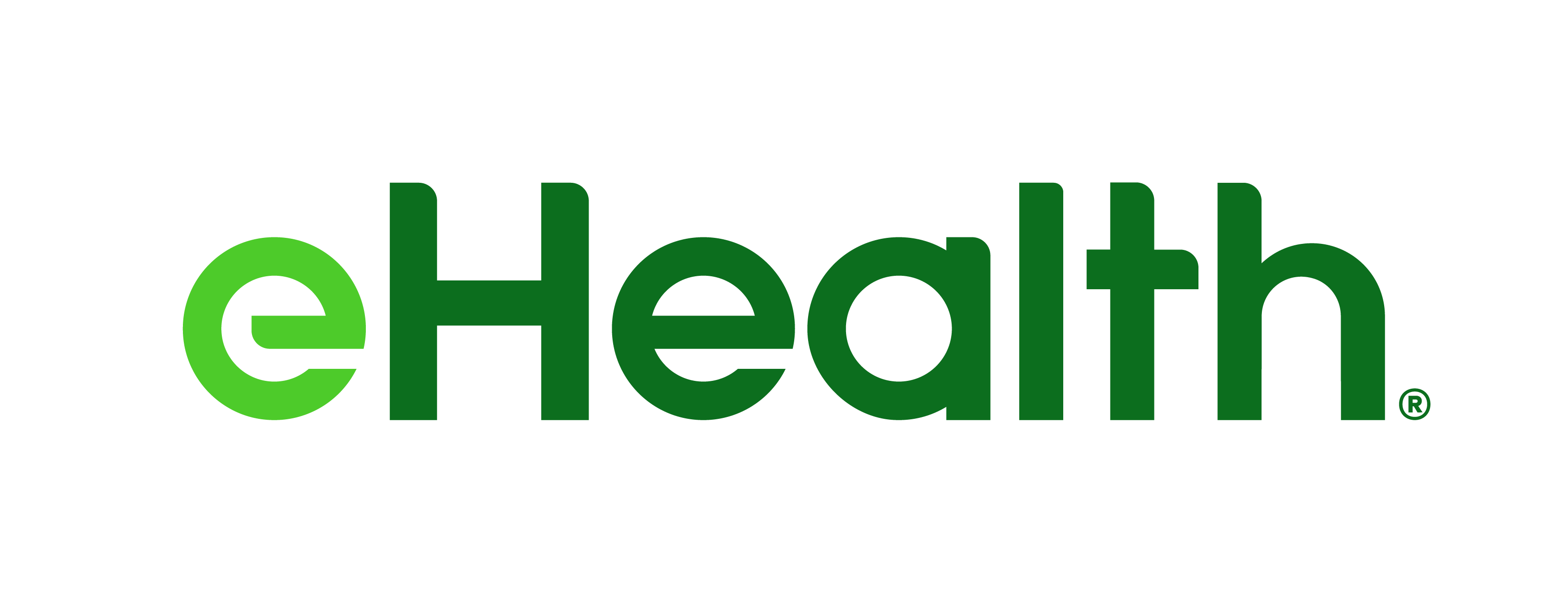Open Enrollment Season: eHealthInsurance Releases Tips for 2011
Benefit Selections
Benefit Selections
MOUNTAIN VIEW, CA, Nov 11, 2010 (MARKETWIRE via COMTEX) --
Today eHealthInsurance (NASDAQ: EHTH), the leading online source of health insurance for individuals, families, and small businesses, released ten tips to help consumers navigate their health insurance options during open enrollment season. Open enrollment is the annual election period when enrollees in employer-based health insurance plans are asked to make new health insurance selections for themselves and their dependents for the coming year.
According to a recent survey conducted by the National Business Group on Health, a majority of employers plan to increase the percentage of their total health insurance premiums paid by employees in 2011. Enrollees in employer-based plans may also face more cost-sharing in the form of higher deductibles and annual out-of-pocket maximums(1). As a result, eHealthInsurance recommends that consumers consider all their options carefully this open enrollment season.
Ten Consumer Tips for Open Enrollment 2011
1) Pay attention to cost-sharing: In 2010, the average employer-based family health insurance policy cost $1,147 per month(2), and many employees pay a substantial amount of that premium from their own pocket. If you're paying high insurance rates every month and barely using your coverage, it may be time to rethink your options.
2) Review every plan: Start reviewing every plan available from your employer now. You may be able to choose a plan that would cost less if you were later required to pay the entire premium through COBRA. Always make sure that the plan you choose will cover the health care benefits you need for the coming year.
3) Evaluate premiums: Check to see if the monthly premium for your current employer-sponsored plan is increasing. If you can no longer afford your monthly premium, consider a less expensive option available from your employer.
4) Don't forget your out-of-pocket expenses: When looking at your overall health insurance costs, keep in mind your copayments for office visits and emergency room visits. If you see the doctor frequently, these can add up. If you only visit the doctor a few times a year, you may be able to save with a higher copayment and lower monthly premium. Factor in how much you are spending on your out-of-pocket prescription costs too.
5) Shop smarter: A 'Cadillac' health plan isn't always necessary. Buy only what you need to help save on your monthly premium. A high-deductible health plan may be a good option for some individuals and families since it typically reduces monthly premiums, but be prepared to pay the full deductible in the coming year if health care needs arise.
6) Consider an HSA: Some employers offer high-deductible health plans designed for use with Health Savings Accounts (HSAs). It's worth considering, depending on your health care needs. HSAs allow you to save money pre-tax to cover things like copayments and deductibles, and even certain health care expenses that may not be covered by your insurance plan. Unused savings can also roll over from year to year.
7) Compare choices with your spouse: Check your spouse's health plan to see how the employee's portion of the monthly premium compares to your own plan's. It may be more cost-effective to insure yourself and your family under your spouse's plan.
8) Mix and match: It may be more cost-effective to cover the family under more than one plan, depending on family members' individual health histories and how much your employer contributes toward dependent coverage. If your employer doesn't offer dependent coverage at all, or you can't afford it, consider purchasing an individual or family plan for your dependents. According to eHealth's recent 2010 Fall Cost Report for Individual and Family Policyholders, average premiums for individual and family plans purchased through eHealthInsurance.com were $167 for single-person coverage and $392 for families(3).
9) Be sure any new plan is accepted by your doctor: If keeping your existing doctor is important, be sure that any new plan you select is accepted by your doctor and gives you the coverage you want for your regular prescription drugs.
10) Track your health expenses for next year: Whatever decision you make for 2011, try to track all of your health care costs including insurance premiums, copayments, and drug expenses. This will give you the information you need to better evaluate your insurance options next year.
Additional Resources:
-- In addition to using the ten tips above, you may also download a
ten-point checklist designed to help consumers make smart health
insurance decisions during open enrollment season.
Notes:
(1) National Business Group on Health, Large Employers 2011 Health Plan Design Changes: http://www.businessgrouphealth.org/pdfs/Plan%20Design%20Survey%20Report%20Public.pdf
(2) Kaiser Family Foundation, 2010 Employer Benefits Survey, http://ehbs.kff.org/pdf/2010/8085.pdf (3) eHealthInsurance's 2010 Fall Cost Report for Individual and Family Policyholders,
http://news.ehealthinsurance.com/pr/ehi/document/eHealth_NationalSurvey_091610-1_.pdf
About eHealth eHealth, Inc. (NASDAQ: EHTH) is the parent company of eHealthInsurance, the nation's leading online source of health insurance for individuals, families and small businesses. Through the company's website, www.eHealthInsurance.com, consumers can get quotes from leading health insurance carriers, compare plans side by side, and apply for and purchase health insurance. eHealthInsurance offers thousands of health plans underwritten by more than 180 of the nation's leading health insurance companies. eHealthInsurance is licensed to sell health insurance in all 50 states and the District of Columbia, making it the ideal model of a successful, high-functioning health insurance exchange. Through its eCommerce On-Demand solution (www.eHealth.com/eOD), eHealth is also a leading provider of on-demand e-commerce software. eHealth's eOD platform provides a suite of hosted solutions that enable health plan providers and resellers to market and distribute products online. eHealth, Inc. also provides powerful online and pharmacy-based tools to help seniors navigate Medicare health insurance options and choose the right plan through its wholly-owned subsidiary, PlanPrescriber.com (http://www.planprescriber.com).
For media inquiries, please contact: Sande Drew eHealth, Inc. (916) 207-7674 sande.drew@ehealth.com Kris Kraves Cogenta Communications (805) 527-7733 - direct kris@cogentacom.com
SOURCE: eHealth, Inc.
mailto:sande.drew@ehealth.com mailto:kris@cogentacom.com
